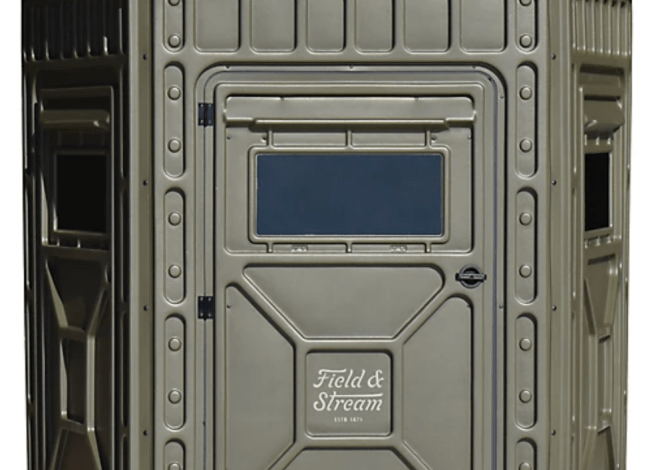Ratchet Strap Distress – The Misfit Farmer

In the epic battle of man versus ratchet strap, one man stands befuddled. That described me last week when I was trying to operate a common ratchet strap. Over the years, I have had many battles with ratchet straps—rusty ones, tangled ones, and starving ones that seemed ready to chomp and swallow my fingers. But this one beat all.
“This stupid thing,” I eruditely remarked.
“Here, let me show you,” my wife interjected. No wife has ever watched her husband struggle to tame a ratchet strap and not felt the need to offer assistance. Soon man and wife will stand together, befuddled.
Ratchet straps are used to secure loads for transport. Possibly, they are used by psychologists, in experimental studies, to research and observe how men react under intense stress. I don’t remember signing up for any experimental studies, but who knows what you’re signing up for these days. Everyone, everywhere is trying to sign you up for something (for instance, if you would like, you can sign up for my free Substack newsletter, which is exactly the same as this WordPress blog).
“Can we have your email?” the clerk asked.
“Only if it helps me get out of here faster,” I responded.
So perhaps I did sign up for an experimental study as I tried to buy a few pieces of dimensional lumber—the 2 x 6s I forgot to buy earlier in the day when I was wandering through Lowes looking for an employee to guide me in my quest for a common piece of hardware. Having wasted several hours, just in trips back and forth to Lowes, I was the perfect subject for scientific research on ratchet strap distress.

In the Lowes parking lot, as I struggled to secure my 2 x 6s while ruefully lamenting all the time I had wasted—was wasting—the psychologists, observing me in secret, were probably commenting on my mental state. Likely they were hiding in the fancy duck blinds that Lowes now sells in the parking lot. Apparently, Lowes is edging into the rural lifestyle market, as evidence by these duck blinds that could also be used as second residences, or research stations for psychologists.
[Two researchers sip coffee in the duck blind and observe men securing loads in the parking lot. RESEARCHER 1 zooms in on me with her binoculars.]
RESEARCHER 1: Judging by the color in his cheeks, which I would classify a deep burgundy, I would say this man is exhibiting extreme distress.
RESEARCHER 2: With one being a smiley face and ten the head-exploding emoji, where would you rate him on a scale of 1 to 10 in terms of ratchet strap distress?
RESEARCHER 1: He is probably at an 8 right now, considering he hasn’t yet started gesticulating. Just wait till his wife attempts to show him how to use it—he should reach 10 here shortly.
RESEARCHER 2: She just offered assistance. Wow, he vigorously declined, not even going to let her try—this is not going to end well.
RESEARCHER 1: Uh, oh, she told him to “relax.” The subject is visibly quavering—I would say the intervals between major tremors are approximately 10 seconds.
RESEARCHER 2: Judging by those spasms, shouldn’t be long till he erupts.
RESEARCHER 1: There he blows! Look how far he just flung the ratchet strap! That could be a record.
If the ratchet strap wasn’t broken before, it was now rendered inoperable, mostly because it was dangling from the top of a maple tree in a curbed island in the parking lot. In my opinion, the neon orange ratchet strap gave the homely maple an eye-catching accessory that added to the parking lot’s overall landscape design and aesthetic. Afterward, I entered Lowes for the fourth time that day and began a quest for new ratchet straps.





